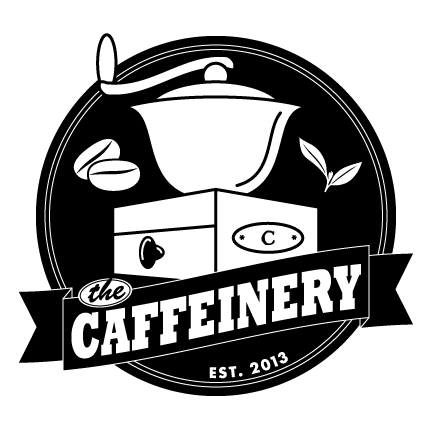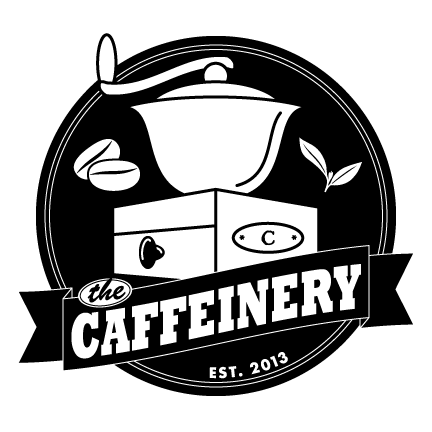
Brewing coffee at home is incredibly convenient and a great way to brush up on your barista skills. But there are many more ways to brew a great cup than using the traditional drip machine. And one such way that you may not be familiar with is using a percolator to make coffee.
So, what is a coffee percolator?
Well, let’s dive into the history of this coffee maker. Before drip machines became all the rage, you could find a coffee percolator in just about every home. It originated in Paris back in the early 1800s and was patented in the US as a coffee maker in 1865.
The traditional coffee percolator instructions required a stovetop heat source, but in the 1950s an electric version was released. This made it even easier to make a cup of coffee quickly without burning the beans.
You can still find both stovetop and electric percolators among other coffee makers – and some people insist that it is the best way to brew a strong cup at home.
So, here is how to make coffee with a percolator so you can try this convenient and traditional method yourself!
1. How Does a Coffee Percolator Work?
First, let’s define the parts of a coffee percolator. This coffee maker has several parts: a water chamber, coffee chamber, and hollow tube.

(Source)
Here’s how to make coffee in a percolator:
- Start by inserting a filter and filling the top chamber with the desired amount of beans and water for the number of cups you need to brew. The recommended coffee grounds to water ratio for a percolator is 1-part coffee to 2 parts water. Close the lid of this container - there are small perforations on the chamber that will allow the coffee to drip out as it brews.
- Place the percolator on the stove and turn on the burner. There is a hollow tube that runs the entire length of the percolator into the sealed chamber on the bottom. As the percolator starts to warm up on the stove or with the electric current, this creates pressure in the bottom chamber.
- Wait until the water starts to heat up and boil. The heated water pushes up into the tube and over the lib of the chamber full of coffee grounds. The hot water is repeatedly cycled through, brewing the coffee beans until the coffee reaches a rolling boil.
- Turn off the heat was the coffee starts “perking.” This is when the percolator makes a spurting whistle sound. This signals that the brewing process is done and it should be removed from the heat source.
- Let the coffee sit for a few minutes until it cools. Then pour it out and enjoy!
2. What to Know About How to Use a Coffee Percolator

Now, there are some percolator coffee tips to know before you brew your first cup. Let’s answer some of the most common questions people have about using this type of coffee maker.
How to Clean a Coffee Percolator?
A dirty coffee maker will always result in a bitter, weak blend. So, be sure that you thoroughly clean the percolator between each use. While dish soap is fine for everyday cleaning, you should also deep clean it every few weeks to get rid of any residue.
You can do this by adding three tablespoons of baking soda to a cup of water in the bottom chamber. Heat up the percolator until it boils, then allow it to cool back down and dump out the water and baking soda mixture. Scrub the inside, then add in a mixture of one-part water to one-part vinegar and heat the percolator one last time.
This will help to thoroughly remove any buildup from the coffee or even hard water from inside the percolator.
How Do You Know When Percolated Coffee is Done?
The easiest way to know when a percolator is done brewing is by the sound it makes when the water reaches a boiling point. It is a similar sound to a tea kettle whistling, along with a bubbling or sputtering noise from the coffee brewing inside.
If you use an electric percolator, it will typically shut off automatically once it reaches this point. However, if you are using a stovetop percolator, you need to keep a close eye (and ear) on things. If you let the coffee brew for too long, it will burn the beans and result in a bitter taste.
What Kind of Coffee Do You Use in a Percolator?
You can use just about any type of coffee bean you’d like. It doesn’t matter if it’s decaf or fully caffeinated, dark or light roast, or flavored beans – but what does matter is the way it is ground. A medium or coarsely ground bean is ideal. You should avoid using finely ground beans, as they could slip through the perforations in the chamber.
3. Different Types of Percolator Coffee Makers
The two most popular types of percolators are electric and stovetop models. It is hard to say if there is a winner when comparing the stovetop vs electric percolator. Both can brew a great, strong cup of coffee and it really depends on your preferences.
How to Use an Electric Percolator
Electric percolators operate the same as stovetop percolators, except that you simply flip a switch to heat up the water. This model is a bit more convenient since it will automatically shut off once the water reaches a boiling point. Further, you don’t need a stove so you can take it with you in an office, dorm room, or anywhere with an electrical outlet.
How to Make Coffee in a Camping Percolator

Camping percolators are a bit heavier and thicker than stovetop versions since they are generally placed directly on hot coals or over a fire grill. They are also larger and can brew up to 12 cups of coffee!
They can be a bit trickier to use since you will need to carefully watch and remove the percolator from the heat source. It is also recommended that you let the coffee maker percolate for 10-15 minutes after you remove it from the flame for the best brew.
How to Make Coffee in a Glass Percolator
While most percolators are made from metal, you can purchase glass or Pyrex styles. These are quite impressive to look at and they can be used as a decorative piece in your kitchen.
You make coffee the same way in a glass percolator as other types – but you will need to be quite mindful about using too high of heat. This can eventually crack the glass! You also must be quite thorough about cleaning your glass percolator after each use, as the coffee can stain.
Ready for Some Coffee?
There are tons of different ways to brew a great cup of coffee – and using a percolator is just one! What’s your favorite way to make coffee at home? Leave a comment below!


Share:
Is there caffeine in Decaf?
What is the Best Kind of Water for Coffee?